Description
What This Product Solves
In process control systems where discrete outputs must energize solenoids, relays, or indicators with rock-solid isolation to avert sequence glitches or safety overrides in EMI-heavy setups, the Metso D201471 (DOI4 module, Rev. 05) delivers a rugged fix for engineers daunted by contact arcing or fault propagation in legacy PLC racks. Imagine a web tension control in a paper machine where inductive kickback from unisolated valve coils corrupts adjacent channels, triggering false stops and sheet breaks, or a slurry pump station in mining where overcurrent from shared grounds skews interlock states, inviting clogs or dry-running failures—these setbacks often root in modules that skimp on per-channel fusing or galvanic shielding amid load swings in enclosures. This four-channel digital output interface module (DOI4RO variant) counters them by sinking 24 V DC commands up to 2 A per channel with individual fuses and 1500 V isolation, incorporating diagnostic relays for short-circuit detection and auto-shutdown, ensuring your effectors fire cleanly without cross-talk or surge spread in real-time sequencing.
It emerges as a staple in industrial automation realms like pulp and paper or mineral processing, where high reliability in discrete output signaling underpins ISO 9001 compliance and minimizes downtime in continuous operations. The Metso D201471 slots into Metso’s Neles or Valmet PLC nodes (e.g., DAMATIC or DNA systems), embracing modular redundancy for failover under 100 ms, so a channel fault doesn’t cascade into halts. For those retrofitting older Valmet footprints, it aligns without rewiring hassles, accommodating inductive loads up to 10 mH while boosting fault tolerance against transients up to 250 V in vibration-prone enclosures. In high-density process control setups, its Rev. 05 design and -20 to +60°C envelope shrug off dust or humidity, letting you scale actuator density without fidelity loss. By prioritizing fused isolation and diagnostic depth, the Metso D201471 anchors system stability, empowering precise interlocks and reduced latency that directly lifts throughput, all while curbing the engineering overhead of output protection in demanding industrial automation frameworks.
When evaluating DO interfaces for sequence-heavy architectures, the Metso D201471 warrants a look for its fusing smarts and channel robustness, providing the delivery reliability that safeguards commands in EMI-challenged or load-variable settings without skimping on tweaks.
- D201471
How the Product Works & Fits into a System
The Metso D201471 (DOI4 module, Rev. 05) operates as a four-channel digital output interface in the field I/O execution layer of Metso’s Neles/Valmet PLC systems, converting logic commands into isolated 24 V DC sinking signals for solenoids or indicators via screw terminals. It claims a single backplane slot in PLC nodes (e.g., DAMATIC cabinets), where each channel sinks up to 2 A with individual fuses (e.g., 3 A fast-blow) to prevent overloads, supporting inductive suppression via external diodes and galvanic isolation up to 1500 V to curb cross-talk. This setup enables configurable debounce (0-50 ms) to filter transients, with diagnostics routing fault bits (e.g., shorts) via the PLC bus for HMI alerts, enabling hot-swappable swaps without process interruption.
In a layered stack, it draws 24 V DC from the node, interfacing downstream to effectors and upstream to input modules like DI8P for closed-loop feedback (e.g., verifying valve positions), handling scan rates to 10 ms per channel in redundant nodes. It meshes with analog handlers for hybrid signaling and complies with Profibus for extensions, with per-channel LEDs for local troubleshooting. Positioned between the PLC engine and field discretes, the Metso D201471 streamlines output architecture by consolidating fused sinks in a compact, Rev. 05 unit with DOI4RO variant for relay outputs, where screw terminals expedite screened cabling in enclosures—fostering a responsive pathway that integrates with safety PLCs via Profisafe, upholding command purity across backplane topologies without introducing arcing or reconfiguration burdens.
| Specification | Details |
|---|---|
| Model Number | D201471 (DOI4 Rev. 05, DOI4RO) |
| Brand | Metso (Neles/Valmet) |
| Type | Digital Output Interface Module (4-ch, Isolated Sink) |
| Input Voltage | 24 V DC |
| Operating Temp Range | -20°C to +60°C |
| Mounting Style | Backplane Slot (PLC Node) |
| Dimensions | 35 x 140 x 120 mm (W x H x D) |
| Weight | 0.2 kg |
| Interface/Bus | PLC Bus, Screw Terminals |
| Compliance | CE, ISO 9001, RoHS |
| Supported Protocols | Profibus, Modbus |
| Typical Power Draw | 5 W (full load) |
Real-World Benefits
Deploying the Metso D201471 equips your PLC with output resilience that sustains 2 A sinks across four channels amid inductive kicks up to 10 mH, quashing the arcing that fouls contacts and stalls sequences in effector-dense runs, which in turn refines timing precision and reins in failures in variables like position or flow without supplemental suppressors. This fortitude shines in fused configs, where per-channel protection parses loads evenly to avert voltage droops, often doubling MTBF in solenoid-heavy loops versus unisolated peers.
Diagnostic relays hone upkeep too, with per-channel flags that localize shorts for swift isolations, confining downtime to seconds in monitored racks versus hours for lumped outputs. Its slot-in design trims scaling friction as well—mapping channels via PLC software skips physical reroutes, easing node densification and reallocating engineering from protection calcs to sequence logic. Engineered for enclosure grit, it buffers 1500 V isolation and 95% humidity, with debounce that tamps transients for long-term command purity, ensuring your PLC periphery adapts to effector surges or ambient shifts with graceful poise.
In paper calenders, the Metso D201471 energizes roll pressure solenoids, where its fused isolation endures steamy, fibrous bays to lock in critical system uptime and sheet uniformity in continuous process control.
Mining crushers deploy it for jaw toggle commands, handling fast data cycles amid dusty, vibration-riddled zones to synchronize high-reliability overload trips.
For chemical reactor interlocks, this module drives safety valves, meeting corrosive constraints with isolated pairs that enable modular enclosure growth in expansive I/O marshalling.
Compatible or Alternative Products
D201129 – Eight-channel digital output match for higher-density signaling in Valmet nodes.
A413139 – Analog output module for hybrid applications in Neles systems.
IOP341 – High-current DO alternative for heavier inductive loads.
D201925 – Network controller for non-digital field interfaces.
IOP320 – Input handler for balanced I/O in legacy Valmet PLCs.
Neles ND9000 – Compatible PLC node for housing the D201471 in rack builds.
Setup Notes & Maintenance Insights
Before slotting the Metso D201471 into your PLC node, verify firmware alignment with Valmet/Neles (version 5.x or later for debounce), and torque screw terminals to 0.5 Nm to secure against vibration—overtightening risks trace cracks. Confirm load currents under 2 A per channel to avoid fuse trips, and segregate output wiring from power lines by 200 mm to mute induction, especially in cabinets near pumps.
Ongoing care involves semiannual terminal inspections for arcing residue in humid process areas, applying contact cleaner to gold points without bridging. Pull diagnostic dumps quarterly via the PLC console to log short flags, addressing clusters over 5% for fuse audits. Biannual full-load tests at 2 A across channels validate sink fidelity without droop, and tagging with run dates syncs with compliance checks. This structured oversight blends with your PM cadences, preempting faults that could snag output harmony.

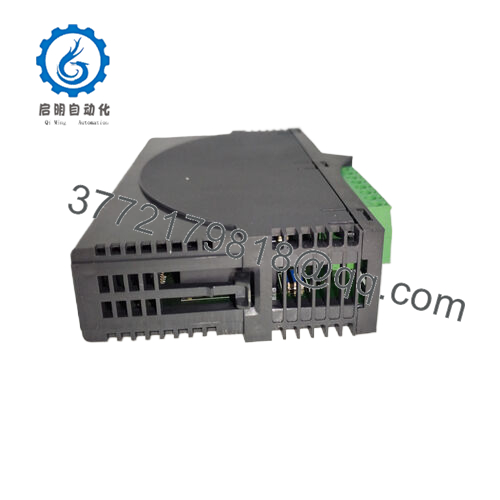
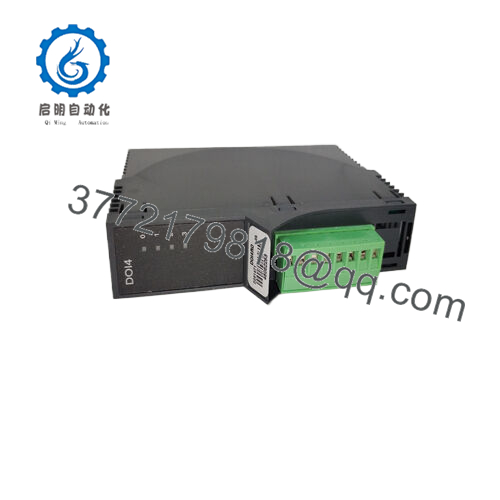
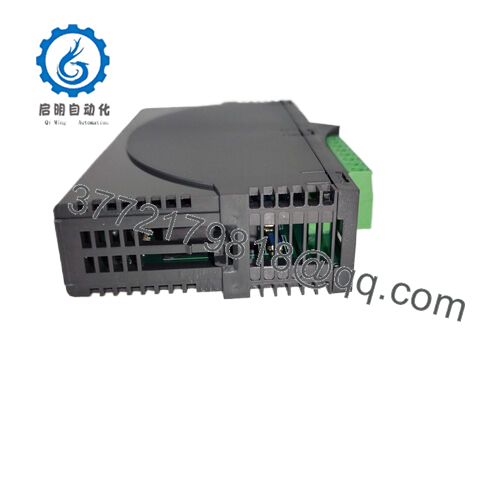
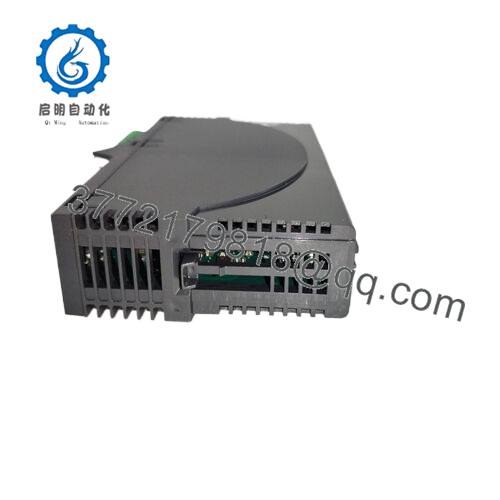
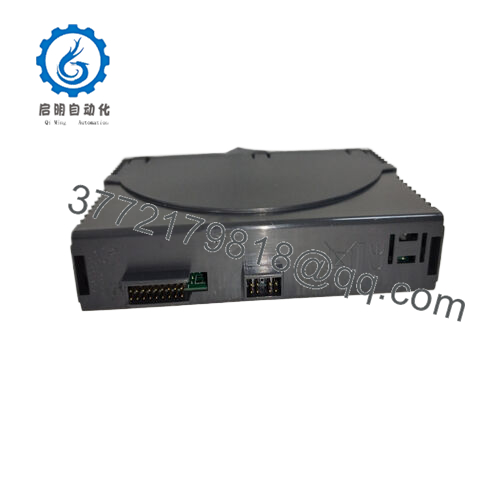
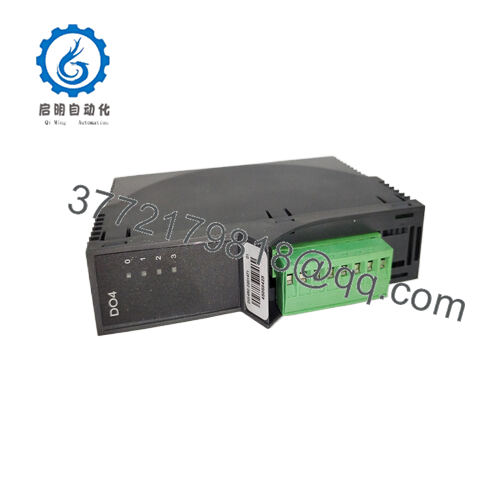
 WhatsApp: +86 16626708626
WhatsApp: +86 16626708626 Email:
Email:  Phone: +86 16626708626
Phone: +86 16626708626


